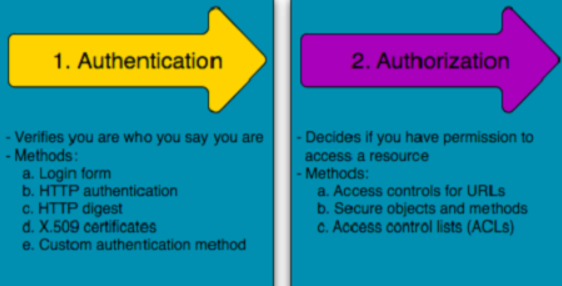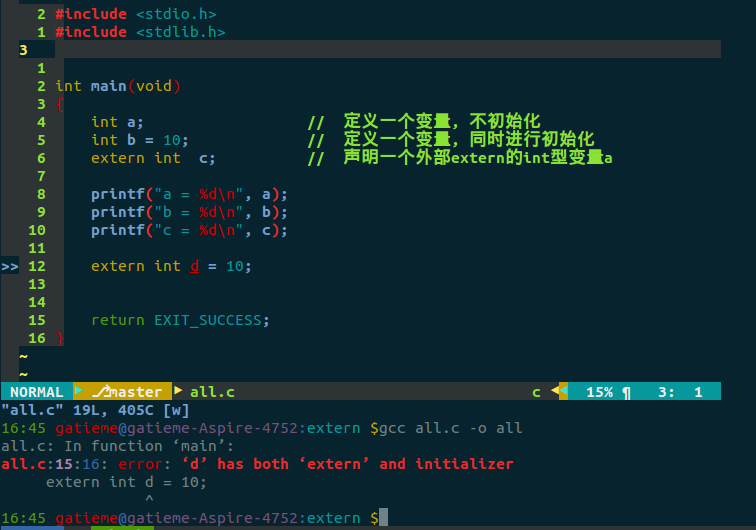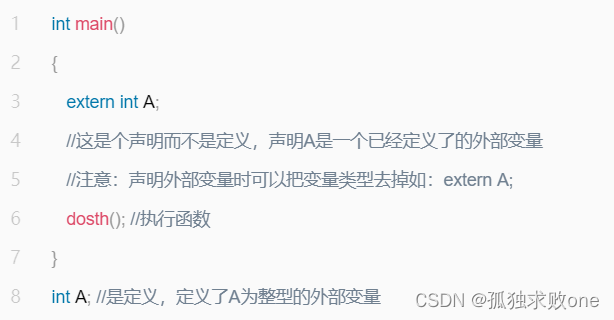
处理验证
这部分和HTTP AUTH有关.
HTTP AUTH
使用HTTP AUTH需要在server端配置http auth信息, 其过程如下:客户端发送http请求
服务器发现配置了http auth, 于是检查request里面有没有”Authorization”的http header
如果有, 则判断Authorization里面的内容是否在用户列表里面, Authorization header的典型数据为”Authorization: Basic jdhaHY0=”, 其中Basic表示基础认证, jdhaHY0=是base64编码的”user:passwd”字符串. 如果没有,或者用户密码不对,则返回http code 401页面给客户端.
标准的http浏览器在收到401页面之后, 应该弹出一个对话框让用户输入帐号密码; 并在用户点确认的时候再次发出请求, 这次请求里面将带上Authorization header.
一次典型的访问场景是:浏览器发送http请求(没有Authorization header)
服务器端返回401页面
浏览器弹出认证对话框
用户输入帐号密码,并点确认
浏览器再次发出http请求(带着Authorization header)
服务器端认证通过,并返回页面
浏览器显示页面
OkHttp认证
OkHttp会自动重试未验证的请求. 当响应是401 Not Authorized时,Authenticator会被要求提供证书. Authenticator的实现中需要建立一个新的包含证书的请求. 如果没有证书可用, 返回null来跳过尝试. 使用Response.challenges()来获得任何authentication challenges的 schemes 和 realms. 当完成一个Basic challenge, 使用Credentials.basic(username, password)来解码请求头.
Basic Authentication认证private final OkHttpClient client;
public Demo() {
client = new OkHttpClient.Builder()
.authenticator(new Authenticator() {
@Override
public Request authenticate(Route route, Response response) {
System.out.println("Authenticating for response: " + response);
System.out.println("Challenges: " + response.challenges());
String credential = Credentials.basic("jesse", "password1");
return response.request().newBuilder()
.header("Authorization", credential)
.build();
}
})
.build();
}
public void run() throws Exception {
Request request = new Request.Builder()
.url("http://publicobject.com/secrets/hellosecret.txt")
.build();
Response response = client.newCall(request).execute();
if (!response.isSuccessful()) throw new IOException("Unexpected code " + response);



















